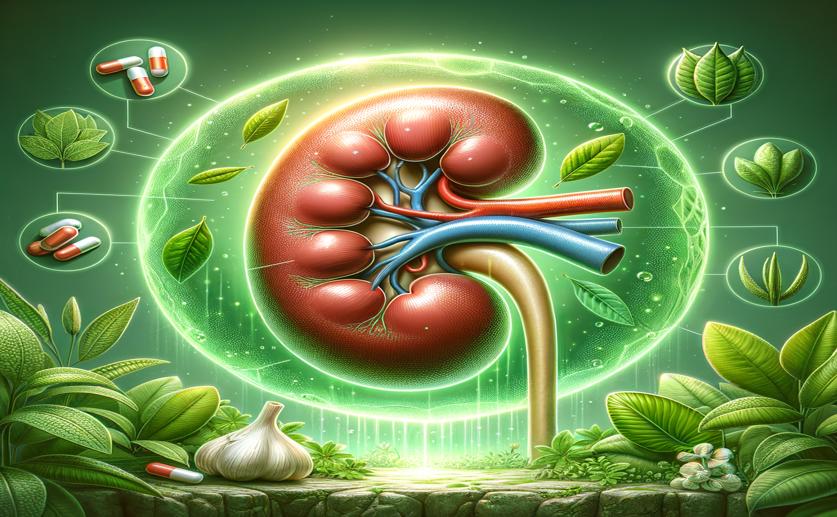
Kidney Protection from Antibiotic Damage with Herbal Extract
Greg Howard
9th April, 2024

Image Source: Natural Science News, 2024
Key Findings
- In a South Korean study, GEB, a medicinal herb, was tested for kidney protection against VAN-induced damage
- Rats treated with GEB showed lower levels of kidney damage markers than those only given VAN
- GEB's protective effects include anti-oxidative, anti-inflammatory, and anti-cell death actions
References
Main Study
1) The preventive effect of Gastrodia elata Blume extract on vancomycin-induced acute kidney injury in rats
Published 8th April, 2024
https://doi.org/10.1186/s42826-024-00200-y
Related Studies
2) Acute Kidney Injury.
3) Chlorogenic acid prevents vancomycin-induced nephrotoxicity without compromising vancomycin antibacterial properties.
4) Protective role of curcumin in nephrotoxic oxidative damage induced by vancomycin in rats.



 3rd April, 2024 | Greg Howard
3rd April, 2024 | Greg Howard